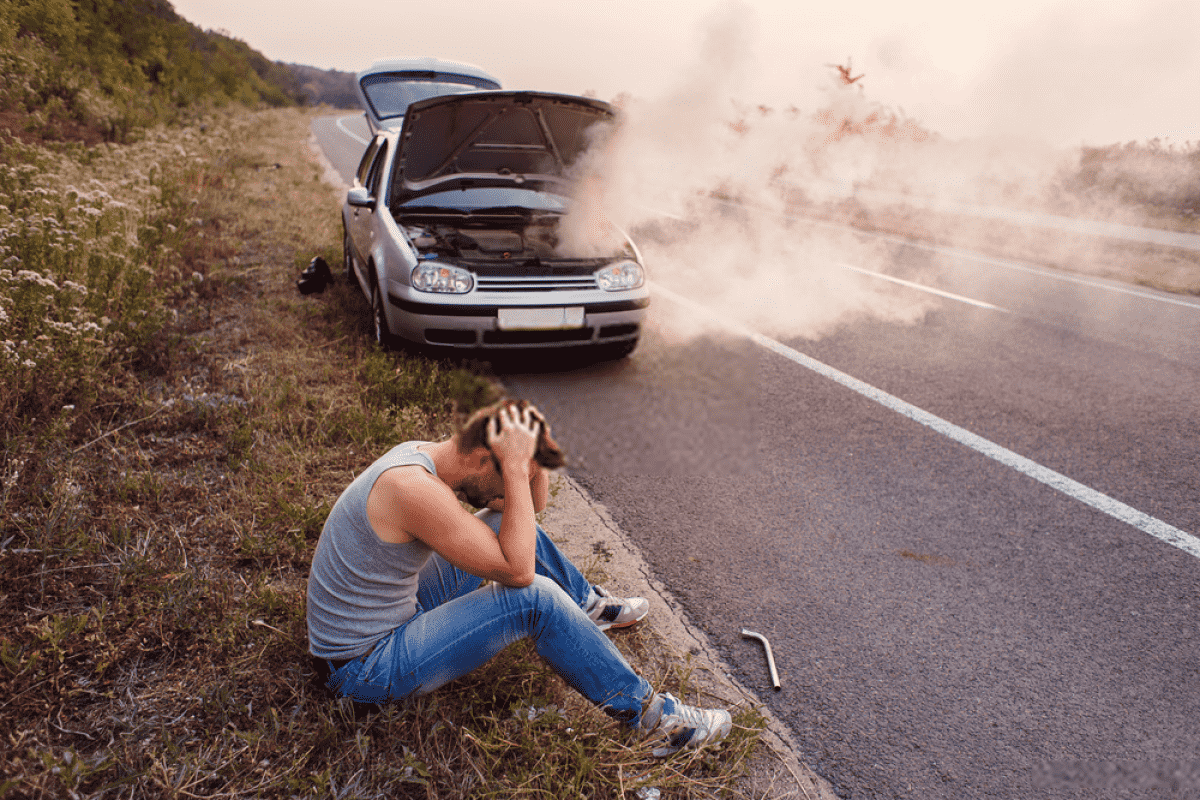12 Signs of Imminent Engine Death You Should Be Aware Of

In this article, we have gathered 12 signs of imminent engine death you should be aware of.
The internal combustion engine is perhaps the second most important component of a car after the body But any engine doesn’t last forever. Sooner or later, a moment when it ceases to perform its duties normally comes.
Then the owner of the car is faced with the age-old question: whether it is better to tune-up endive, buy a contract engine, or simply shift all the worries onto someone else, changing the entire vehicle. In this article, we have gathered 12 signs of imminent engine death you should be aware of.
1. Harbingers of big problems
Any engine doesn‘t age suddenly. It has served faithfully for many years and moves the car in space for tens and hundreds of thousands of kilometers until the main elements of its structure ask for replacement or repair. In this case, the engine, as a rule, will in every possible way hint to the owner of the car about the need for diagnosis and early "treatment". The sooner you notice the signs of the coming repair, the easier and faster you will solve the problem: any engine breakdown leads to the emergence of many new ones, which ultimately becomes the reason for the complete failure of the unit.
2. Sluggish acceleration
During the operation of the car, its engine gradually loses power, which negatively affects the dynamic performance. This occurs both due to natural wear of the cylinder-piston group and a drop in compression and for many other reasons, for example, due to coking of the exhaust tract or due to detonation. The critical state of the engine can be conditionally called when the dynamics of the car decreases by 25% of the declared one. Not a single driver can fail to notice this. However, there can be an incredible number of reasons for sluggish overclocking.
3. Low oil pressure
A special icon on the dashboard informs the driver about the low oil pressure in the engine. The reason for activating the alarm can be either too much clogging of the filter or an excessive drop in the liquid level in the crankcase, or a really serious engine breakdown. Clogged oil passages, broken oil intake pipe, failure of the pressure reducing valve, malfunctioning oil pump, increased clearances between engine parts due to severe wear, and dilution of the oil with coolant are just some of the possible causes of low pressure.
4. High oil consumption
Strong wear of the piston group of the engine is often accompanied by increased consumption of engine oil. It is generally accepted that the oil level should not drop in the crankcase from the max mark to the min mark on the dipstick for one thousand kilometers. This expense can really be called prohibitive. Most likely, it will be accompanied by many other symptoms.
5. Uncertain launch
Low compression in one or more cylinders, resulting from incomplete closing of valves, broken valve springs, cracks in the head of the engine block, severe wear or sticking of piston rings, leads to unsteady engine starting and floating speed. It is not easy to work and start such an engine
6. Low compression
For the normal operation of any internal combustion engine, a number of technical conditions should be met. Including this, it is necessary to compress the air-fuel mixture in the combustion chambers to the required value. Deviation of the parameter by at least one atmosphere in one of the cylinders leads to uneven engine operation, tripping, and a drop in power. Strong discrepancies in compression rates are a sure sign of the upcoming repair.
7. Blue smoke from the exhaust pipe
Thick bluish smoke from the exhaust pipe is a sign that engine oil is entering the engine's combustion chambers. This occurs both due to excessive wear of the cylinder-piston group, and when the rubber-metal valve stem seals fail, or due to wear on the valve stems and in the guide bushings. In all cases, disassembly and repair are indispensable. At the same time, the scale of the disaster can be both very insignificant and truly deplorable.
8. Rough idle
A heavily worn engine almost never runs smoothly and smoothly. This is usually a consequence of a large difference in the compression ratio in the cylinders and symptoms of wear in the engine bearings. No electronics are capable of leveling such flaws.
9. Increased fuel consumption
With the mechanical wear of the engine, fuel consumption also increases and it begins to be consumed suboptimally. First of all, this manifests itself in the development in the cylinder-piston group and in the crank mechanism, as well as in case of valve malfunction and non-optimal temperature conditions of the engine.
10. Engine knocks
Engine knocks appear and sound differently. So, the knock of the crankshaft is usually dull, it becomes more frequent with increasing revolutions. Connecting rod bearings knock at idle and sound harsher. Piston’s sound was muffled and piston fingers ringing. All of the above knocks from the bowels of the engine do not bode well.
11. Overheating of the engine
Overheating of the engine often occurs due to leaks in the combustion chambers, as a result of hanging valves, the ingress of combustion products into the oil line or the cooling system. Often this is a consequence of the appearance of microcracks in the cylinder head.
12. Punching gaskets
A punctured cylinder head gasket, oil entering the coolant, or vice versa - an almost guaranteed overhaul of the engine. If the malfunction is not eliminated in time, engine overheating will lead to warpage of the head or piston wedge, at best, to increased wear and the appearance of scoring on the cylinder mirror. The ingress of coolant into the crankcase will quickly damage the engine liners.

